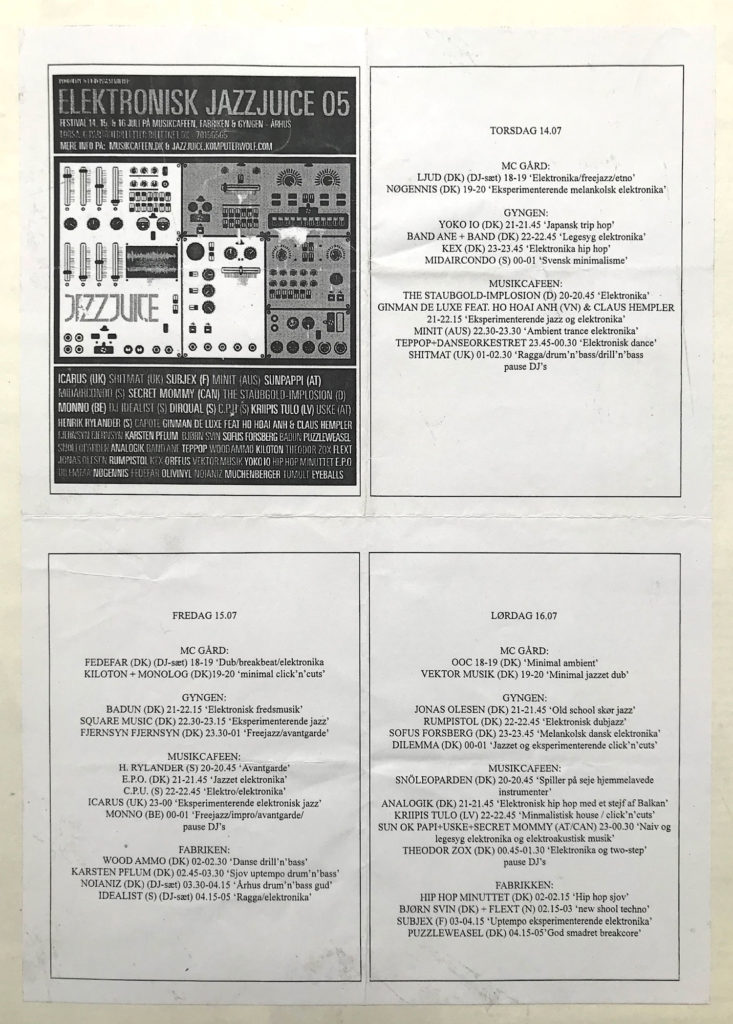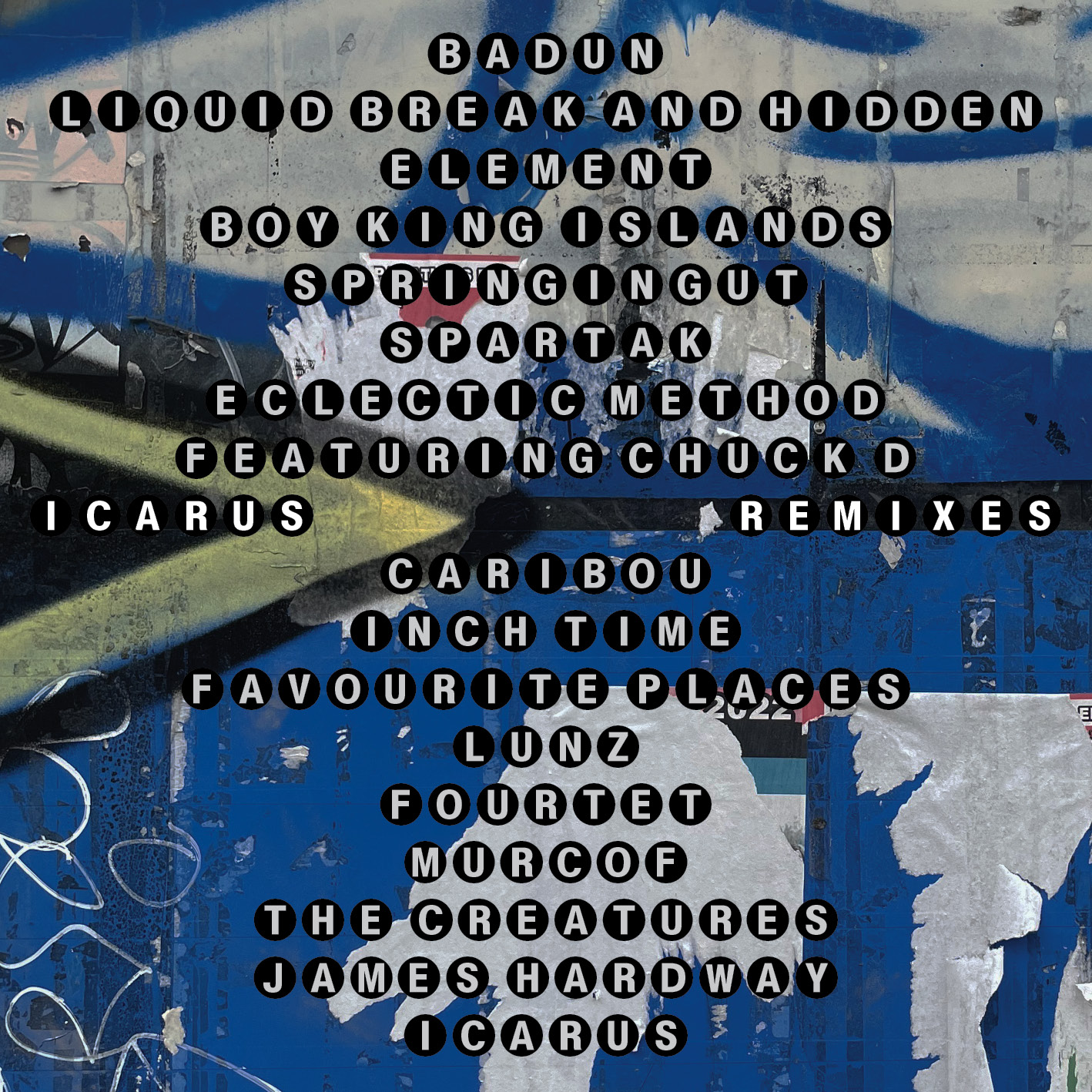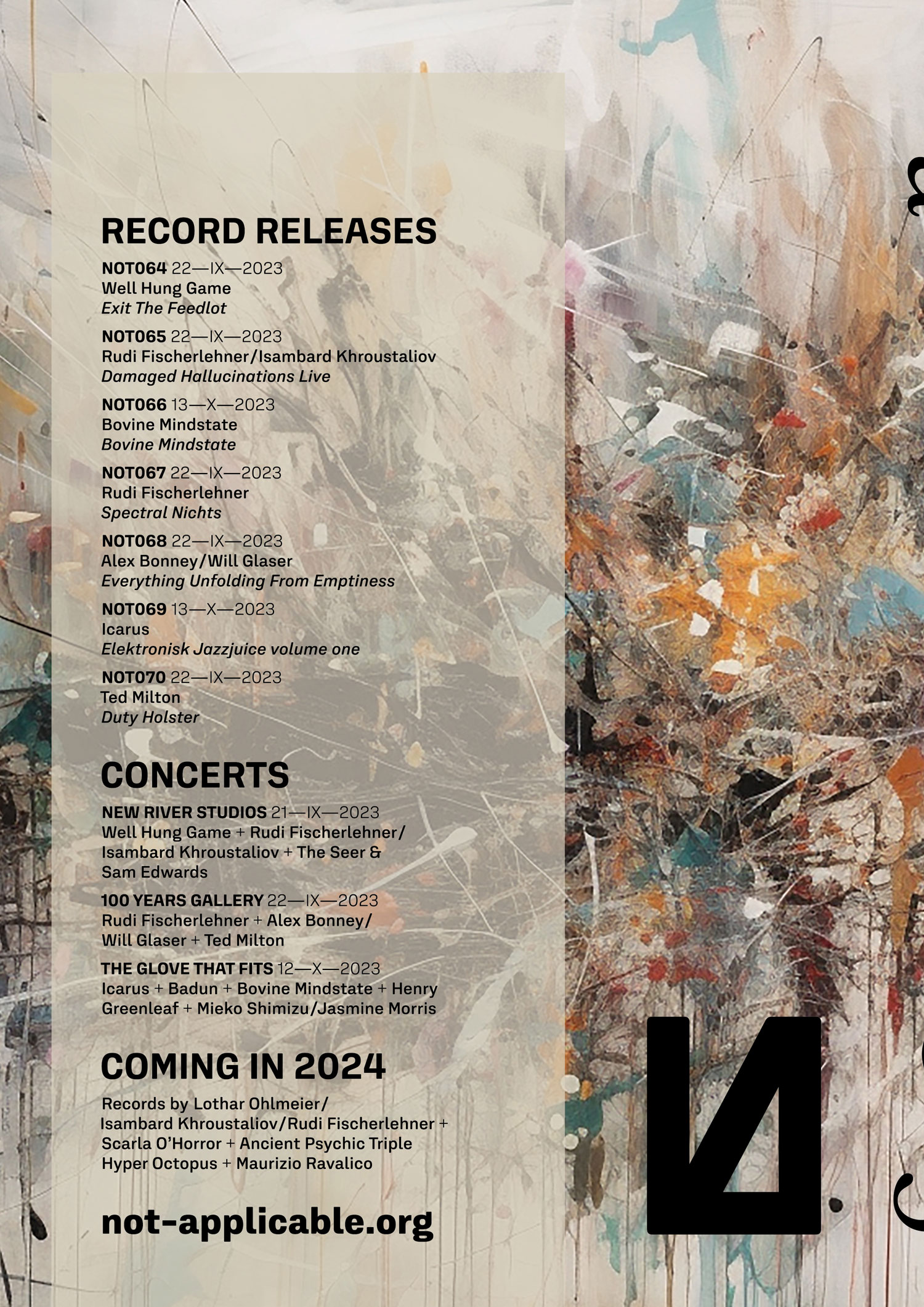
New album from Tom Arthurs and Isambard Khroustaliov under the guise ‘Augmented Nature’, documenting a four-part surround-sound live performance on the island of Ufenau, in the lake of Zürich (Switzerland), that took place in July 2022.
The residency and performance were commissioned by the annual festival Musiksommer am Zürichsee (curated by Manuel Bärtsch), and culminated in an immersive concert in the island’s exquisite 12th-century St.Martin’s chapel.
Tom and Isambard collected field recordings in the church, on the island and in its surroundings, using a variety of conventional microphones and hydrophones, and microscopically documented the island’s environment, wildlife and uniquely delightful inner life.
These materials were then lovingly sculpted and edited, in order to be used as a foundation for performance and instant composition, creating a hyper-realistic multichannel installation that provides the perfect foundation for exploration and dialogue with the crystal-clear, meditative and deeply sensitive trumpet playing of Tom Arthurs.








